White Lopper Moth - Pingasa chlora
Family Geometridae
This page contains information about White Lopper Moths that we found in the Brisbane area, Queensland, Australia.
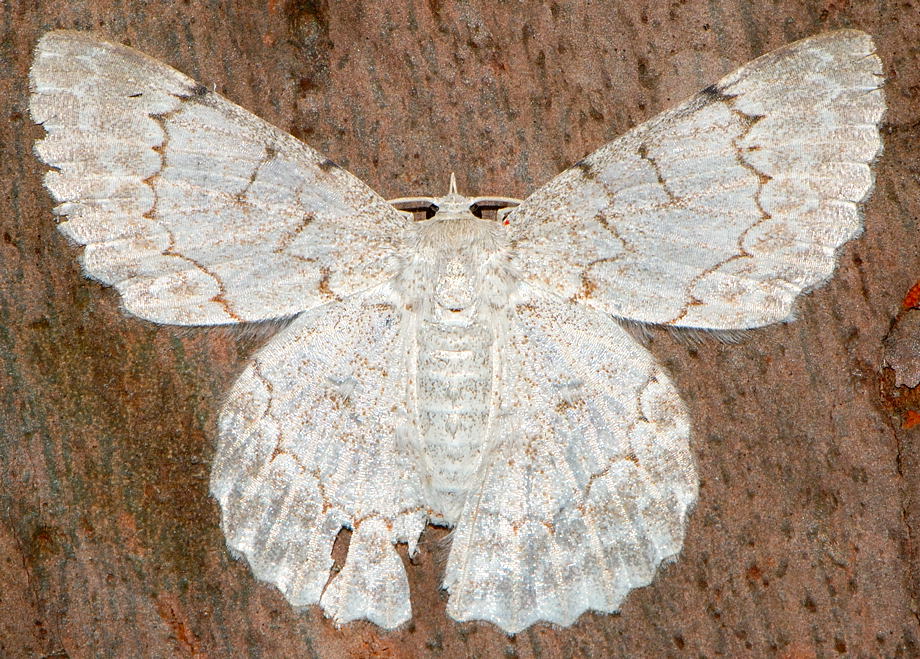
- Wingspan 50mm
- The moths have camouflaged wing patterns. When they rest on tree bark, they are hardly been seen. These patterns are wavy lines extend across both fore and hind wings. These moths rest with a standard posture, holding wings outspread and tightly pressed against the surface on which they are sitting. This eliminates the shadow as well as the wings outline for a better camouflaged posture.
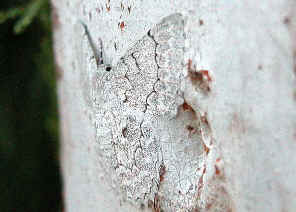
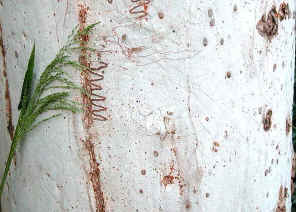
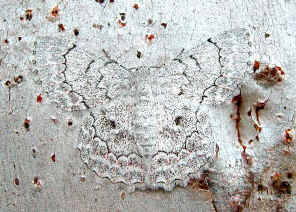
- This moth rest on gum tree trunk. Its camouflaged colours made it hard to be seen. Can you see the moth in the second picture?
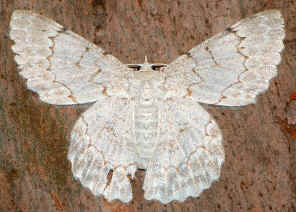
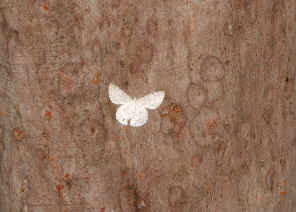
- The moth rest with wing edges fully close to the surface. This makes no shadow in any direction, i.e., the insect's outline completely merged with the back ground. Usually most camouflaged insects are betrayed by their antenna. Most of the time we spotted a camouflaged insect by its antenna. This moth put its antenna under its wings so that they cannot be seen.
- Unlike other species, this moth rests with front wings up forward, separated with the hind wings.
- Reference:
- 1. Wildlife of Tropical North Queensland - Queensland Museum Publications 2000, p123.
